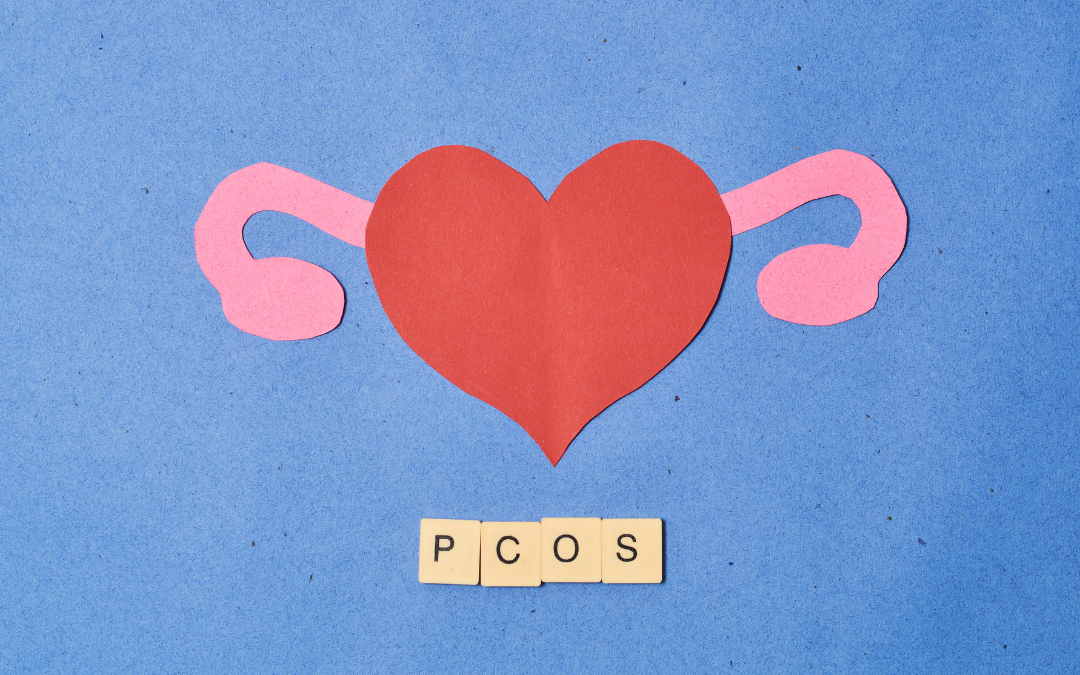You are more powerful when we have an understanding of your cycle.
I didn’t truly understand my cycle until I was in my mid to late twenties. I thought your period just came and went once a month and that was that. Sure, I knew you’d get pregnant during ovulation, but I didn’t truly understand what was going on inside my body, why my energy levels fluctuated so much, or why I felt worse symptoms during certain times of the month – nor were we taught in school.
Looking back, this was very apparent to me with my workouts, especially as a runner. Most of the time, I had great runs. But sometimes, I’d have a terrible run or workout and it would ruin my entire day.
I didn’t understand why the same workout last week was easy and I was hitting PRs and recovering well. But this week, I was dragging through the workout, felt more weak, and really needed a nap after because I felt so run down. Can you relate?
The answer: your cycle!
Throughout the month, as women, our hormones are fluctuating. It’s cyclical. And with the hormones fluctuating, we can expect our energy levels, mood, and symptoms to fluctuate too.
We will get into those changes another day, but I want to help you understand what the heck is going on underneath the surface with your cycle and hormones before we dive into how it impacts everything else.
The 4 Phases of Your Cycle
There are 4 phases of your menstrual cycle: your period, follicular phase, ovulation, and luteal phase.
During each phase of your cycle, there are 5 hormones that are fluctuating to help our body do her job over the month.
- Estrogen. Which thickens your uterine lining, in hopes for an egg implant.
- Progesterone. Which also assists in building the uterine lining.
- Luteinizing Hormone (LH). Who is in charge of assisting the production of progesterone.
- Follicle-Stimulating Hormone (FSH). Assists the ovaries in producing estrogen.
- Testosterone. Increases during ovulation.
Though in everyday life it’s not necessary to know these hormones and their roles, it’s helpful with understanding how estrogen and progesterone impact your energy levels, mood, and more.

Your Period
The first day of your period is considered day one of your cycle.
At this point of your cycle, your estrogen and progesterone are at their lowest. Because of this, you are more likely to feel tired, have a lower mood, and are looking to hibernate.
The average period is from day 1 to day 5 of your cycle. Some periods may be shorter or longer depending on the person. It’s important to keep track of what’s normal for you.
Your Follicular Phase
From days 6 to 14 is your follicular phase.
During this phase, your progesterone stays pretty consistent, but your estrogen levels begin to rise.
You’ll start to feel more energy, recover better with your workouts, and feel productive and creative. There are little to no symptoms during this time in your cycle.
Your Ovulatory Phase.
Your estrogen peaks, your LH surges, and your testosterone levels slightly increase during ovulation. This is when your body is the most fertile.
From days 14 to 18, you are feeling your highest energy, you feel amazing mentally and physically, and you have high confidence. (Though you could start seeing some ovulatory symptoms as you enter perimenopause)
Your Luteal Phase.
If an egg doesn’t implant during your ovulatory phase, you enter your luteal phase from days 19 to approximately 28.
During your luteal phase, your progesterone levels begin to rise as your estrogen levels begin to dip. Your estrogen levels rise again slightly a few days after the initial dip. Then both your estrogen and progesterone dip around day 22 (give or take, this is very person dependent when the dip happens) and steadily decline in preparation for your uterus to shed the lining (your period) and the entire cycle to start all over again.
In your luteal phase, your energy levels and mood start decreasing. It feels more like a wind down before the hibernation of your period kicks in.
Your Cycle
Because of the natural fluctuations of our hormones and how it impacts our body, it’s important to cycle sync our workouts, nutrition, and activities to our hormones. By doing this, we will prevent causing hormonal imbalances that lead to pesky symptoms.
But what’s normal for a cycle?
You will see the average cycle is 28 days long, but it’s important to understand your personal cycle so you can understand why you feel certain ways throughout the month and match your energy levels to your activities to support your hormones.
It’s normal for a cycle to be anywhere between 25 days and 35 days in length.
To start to understand your cycle lengths, I encourage you to track your period. Day one of your period bleed is day one of your cycle.
The next step would be to take your temperature every morning to see how it fluctuates. When you ovulate, your body temperature will increase. Then throughout your luteal phase, your temperature will be slightly higher as well.
From there, you can fill in the gaps of follicular and luteal phases!
And if you want more support with understanding your cycle, reversing your symptoms, and optimizing your hormones, let’s schedule a Hormone Analysis call to chat about your cycle!





